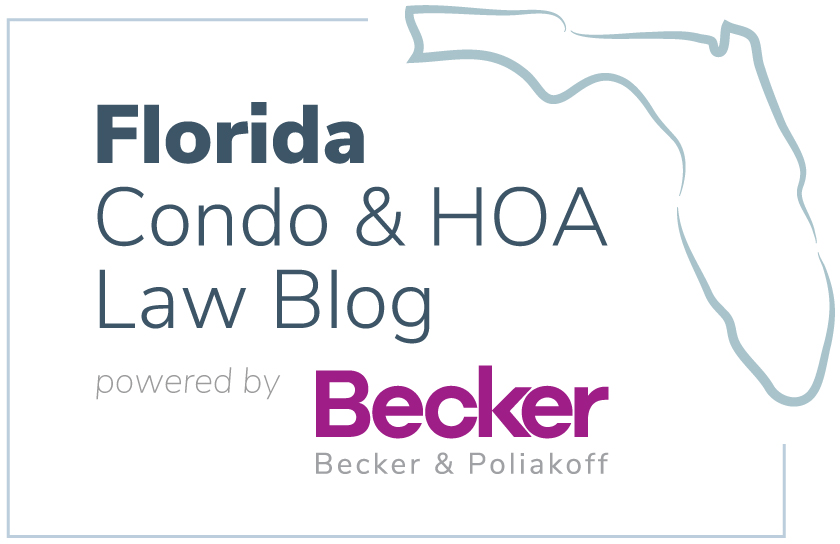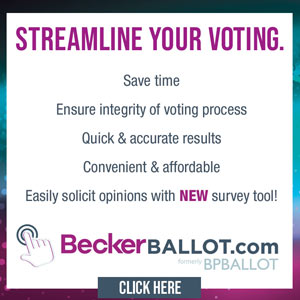If you live in a shared ownership community, you have likely heard the term “nuisance” bandied about now and then. It is an unfortunate byproduct of living in close quarters with others that at some point, another person’s conduct may impact your enjoyment of your home.
A nuisance can be summed up as a condition, activity or situation (such as loud noises or foul odors) which interfere with another person’s use or enjoyment of property. Every set of association documents I have reviewed over the last two decades contains at least a bare bones nuisance provision.
Legally speaking there are many different types of nuisances which include:
- Abatable nuisance-easily removable by reasonable means.
- Nuisance per se (aka absolute nuisance)-an interference so severe that it would create a nuisance under any circumstances.
- Anticipatory nuisance-a condition which has not yet risen to the level of a nuisance but is very likely to become one.
- Attractive nuisance-a dangerous condition that could attract children-a typical example is an unsafe lake or other body of water.
- Permanent nuisance-cannot be readily abated at reasonable expense.
- Private nuisance-this one is the most applicable in the community association setting as it impacts a person’s enjoyment of his or her property.
- Public nuisance (aka common nuisance)-is an unreasonable interference with a right common to the general public.
Practically speaking, the following conditions can be considered nuisances depending on how often they occur and the level to which they rise:
-Loud noises-radio, pets barking, screaming, etc.
-Odors
-Parking-blocking in neighbors’ cars, parking on others’ property, etc.
-Failing to clean up after dogs and/or allowing dogs to run around off leash
-Domestic violence
-Smoking
-Overflowing waste receptacles used by owners undertaking home renovation projects
-Leaving holiday decorations up year-round
The foregoing list is certainly not all-inclusive. Nuisances in communities often result in long-ranging consequences which can include board members being recalled for failing to act, people moving out of the community and, in the most dire circumstances, violence erupting between neighbors.
Which activities have you seen in your community or a neighboring community which could constitute a nuisance? What has your board done to correct the problem?
If you have not looked at, let alone amended, the nuisance provision found in your original developer-written documents, it is time to do so. Why leave it up to a trier of fact to determine what is considered a nuisance in your community? Spell it out for swifter and easier enforcement.
DogsHOANoiseNuisanceSmoking





Linda
January 1, 2015There is a recall started on 2 new Board of Directors. This recall is being called by a sitting Director mainly because the slate of candidates that she wanted to win the elections “did not win”. This Director is going from unit to unit soliciting votes for the recall. She is bothering the owners. When they say no she keeps at them trying to get them to change their minds. Malicious emails have gone out to owners with terrible and untrue statement that are blatant lies. We do not know how to stop this activity. Please respond if you can as soon as possible.
Diedrick Rucker
January 14, 2015We have many nuisances in our neighborhood. I think we can simplify our situation if we could define what a tenant is by law. We have a moratorium on rentals in our HOA however, the nuisance residents are living in a home owned by a sister. Since these people are not on the deed are they considered a tenant? If we can determine this, we just may be able to get rid of the nuisance.
Linda Stajdel
March 1, 2015Can anyone address this nuisance problem we are having with this Director harassing Owners for recall votes